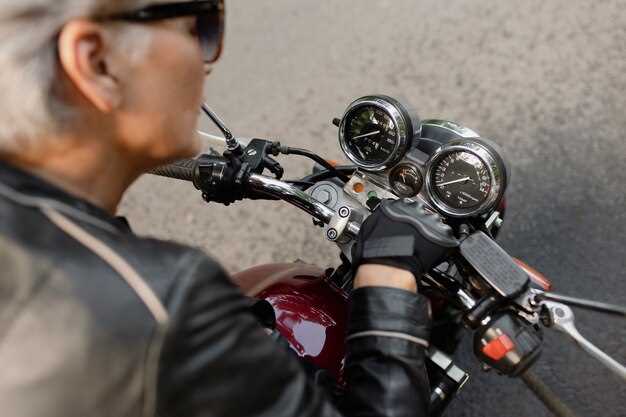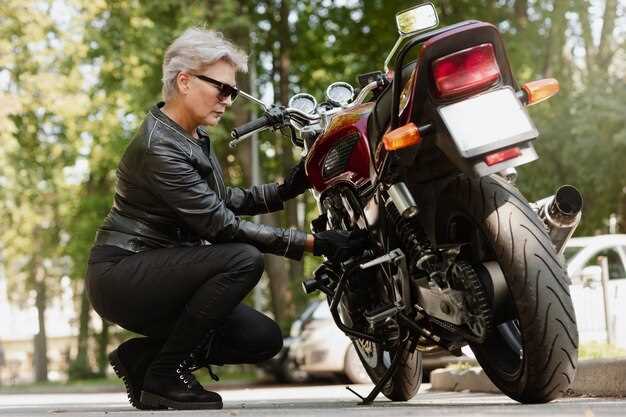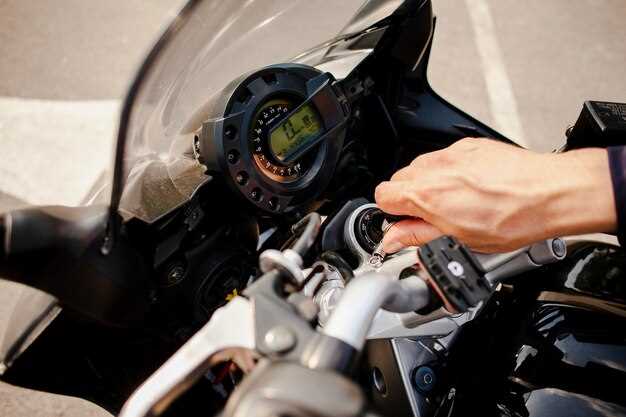

Enhancing the acceleration of your motorcycle can dramatically improve your riding experience. Whether you’re a casual rider or a seasoned enthusiast, understanding how to optimize your bike’s performance can make all the difference. By implementing a few simple tips, you can achieve quicker take-offs and a smoother overall ride without complicated modifications.
Understanding the basics is crucial. Acceleration is influenced by several factors, including weight, engine performance, and rider technique. By focusing on these key components, you can make effective adjustments that lead to noticeable improvements. From tire pressure to gear ratios, finding the right balance can unlock your bike’s potential.
In this article, we will explore practical and easy-to-apply techniques that will help you enhance your motorcycle’s acceleration. These tips are designed for riders of all skill levels and can be implemented with minimal investment. Get ready to feel the rush of improved speed and efficiency on your next ride.
Optimize Your Tire Pressure for Improved Grip
Maintaining the correct tire pressure is essential for enhancing your motorcycle’s grip on the road. Under-inflated tires can flex more than they should, leading to increased rolling resistance and heat buildup, while over-inflated tires can reduce the contact patch with the road, compromising traction.
Check your motorcycle’s owner’s manual for the manufacturer-recommended tire pressure. This recommendation is tailored for optimal performance and safety. Use a reliable tire pressure gauge to ensure accuracy before every ride, as tire pressure can change with temperature fluctuations and riding conditions.
Adjust your tire pressure based on riding conditions. If you frequently ride in cold temperatures or on rough terrain, slightly increasing pressure can help improve responsiveness and grip. Conversely, when riding on smooth pavements or during warmer weather, a slightly lower pressure can enhance comfort and traction.
Regularly inspect your tires for wear and damage. Bald or damaged tires can negatively impact grip, regardless of pressure. If you notice uneven wear patterns, you might need to check your motorcycle’s alignment or replace your tires entirely.
In summary, maintaining the appropriate tire pressure not only contributes to better grip but also promotes overall safety and handling performance. By routinely monitoring and adjusting your tire pressure, you can significantly enhance your motorcycle’s acceleration and riding experience.
Adjust Your Riding Technique for Quicker Starts

Improving your bike’s acceleration starts with refining your riding technique. Proper body positioning plays a crucial role; ensure you sit in a comfortable yet aggressive stance. Lean slightly forward to distribute your weight over the handlebars, which enhances traction and control from the start.
Next, practice your throttle application. A smooth but firm grip on the throttle will prevent the rear wheel from spinning unnecessarily. Rev the engine to an optimal RPM before release; this helps your motorcycle launch without hesitation. Find the sweet spot between high revs and throttle control to maximize your power delivery.
Incorporate clutch control into your starts. Release the clutch smoothly while simultaneously applying the throttle to prevent stalling. A quick release can lead to wheel spin, while a slow release may cause loss of momentum. Find a balance that works for your bike’s power curve and your personal comfort level.
Additionally, utilize your body weight to assist in acceleration. As you start, shift your weight slightly backward to allow for better rear wheel grip. This technique can minimize wheel spin and enhance traction, leading to faster acceleration. Practicing these adjustments in a controlled environment will help you gain confidence and control.
Finally, always be aware of road conditions. React appropriately to environmental factors such as wet or loose surfaces, which can significantly impact acceleration. By understanding how your motorcycle responds under various conditions, you can adjust your technique for optimal performance every time you start.
Upgrade Your Exhaust System for Increased Performance

Upgrading your motorcycle’s exhaust system can lead to significant improvements in acceleration and overall performance. A high-performance exhaust system reduces back pressure, allowing the engine to breathe more freely. This increase in airflow enhances combustion efficiency, resulting in more power and torque.
When selecting an exhaust system, consider the material. Stainless steel and titanium are popular choices due to their durability and weight efficiency. A lighter exhaust system decreases the overall weight of the bike, contributing to better handling and acceleration.
Header design plays a crucial role in exhaust system performance. A well-designed header will optimize exhaust gas flow and improve engine responsiveness. Performance headers are often short and have larger diameter tubing, which decreases restriction and enhances power output.
Don’t overlook muffler design. A performance muffler can also contribute to better exhaust flow. Some options are designed to be less restrictive, promoting a more aggressive sound while increasing horsepower. Look for mufflers that feature straight-through designs, as they typically offer superior performance compared to restricted alternatives.
After upgrading your exhaust system, consider fine-tuning your motorcycle’s fuel mapping. Enhanced airflow may create a lean condition, which can negatively impact performance and engine longevity. A proper fuel management system or a professional tuning session can help ensure your motorcycle runs at its best.
Lastly, check local noise regulations before making changes. While a louder exhaust can sound impressive, it’s essential to remain compliant with legal limits to avoid potential fines or penalties.





